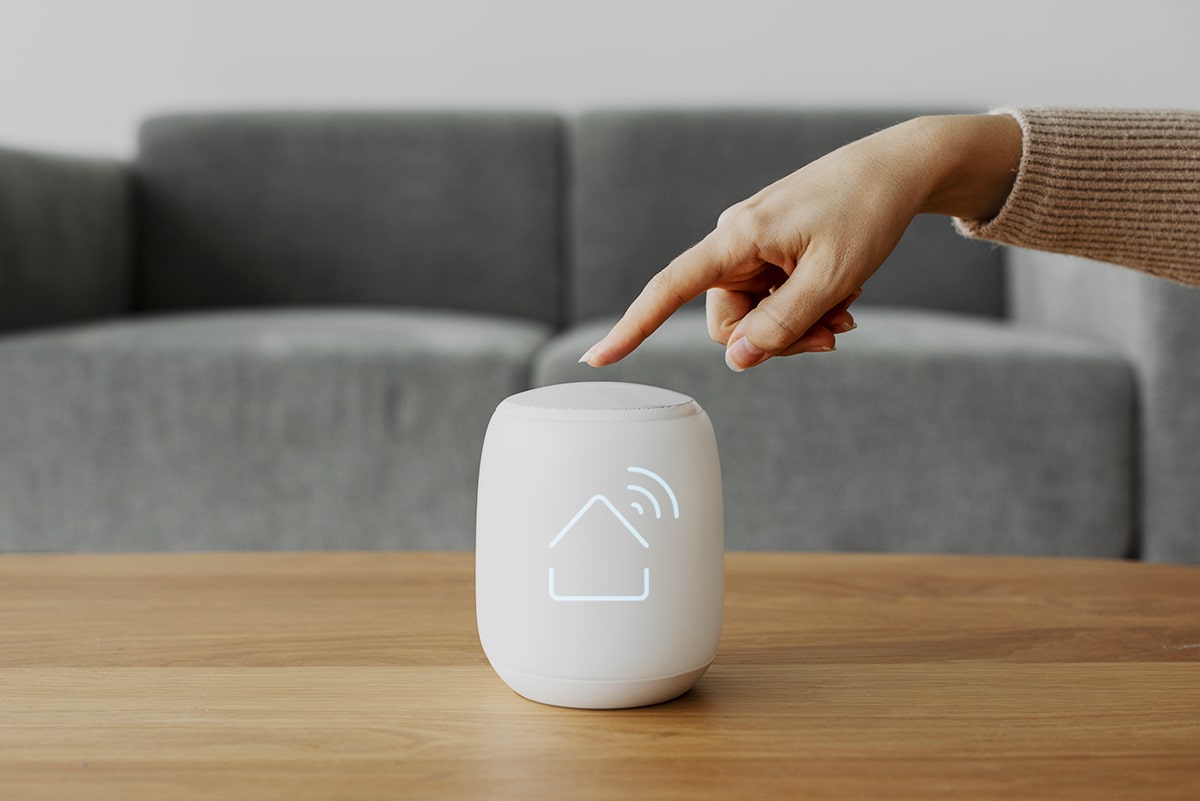What is NFC?
Near Field Communication (NFC) is a short-range wireless communication technology that allows information to be exchanged between two compatible devices. One device has to generate a magnetic field and the other has to respond to it. This technology can make communication between devices faster, secure, and wireless.
NFC is commonly used in contactless payment systems, where your phone or card communicates with a terminal to make a payment. It can also be used for data transfer between devices, like sharing photos between phones, or even unlocking doors with smartphones.
The Advantages of NFC
NFC offers numerous advantages, including faster transaction speed, greater security, and wireless communication. It is also a very convenient method of payment that saves you the trouble of carrying cash or cards around.
While some may argue that contactless payment options such as NFC lack the tangible experience of handing over cash or a card, the benefits of convenience, speed, and safety more than outweigh this apparent drawback.
Contactless payment is also more hygienic, with the reduced need for physical contact of cards and cash. This is particularly relevant given the current global health situation where hygiene is such a crucial matter.
Additionally, NFC is very secure, as it utilizes advanced encryption technology that ensures that payment information is protected at all times. Fraudulent use of money or data theft is greatly reduced compared to traditional card payments.
NFC in Action
NFC is currently used in several industries, including finance, healthcare, education, and even advertising.
Contactless payment is its most popular use, with companies such as Apple Pay and Google Wallet using NFC technology to make payment quicker and safer.
NFC can also be used in healthcare, where patient data can be transmitted securely and accurately to medical professionals, reducing the risk of errors and increasing the speed of treatment.
In education, NFC can be used to personalize learning by offering tailored content and additional resources that suit each individual student’s needs.
Advertising can also use NFC, with tags embedded in posters or flyers that customers can scan with their smartphones, accessing additional information or offers.
The Future of NFC
NFC has the potential to revolutionize the way we make transactions and interact with devices. The technology is expected to continue its growth, with more companies and industries adopting NFC-enabled devices.
Aside from payment and data transfer, NFC could also be used for social interactions. For example, a wedding invitation could have a tag embedded in it that guests could scan to access more information about the event, such as the schedule or the location.
NFC could also potentially be used for public transport, with passengers scanning their phones to enter. This would speed up the process of boarding, making public transport quicker and more efficient.
The smart home industry could also benefit from NFC, with homeowners being able to unlock doors and control heating and lighting by tapping their phones on an NFC-enabled device.
How to Use NFC
To use NFC, you need an NFC-enabled smartphone or device. Most Android devices have NFC capabilities, while iPhones have had the technology since iPhone 6. You’ll also need an NFC tag or compatible device.
To make payments, simply hold your NFC-enabled smartphone near the terminal, and the payment will be automatically registered. For data transfer, you’ll need to tap your phone against another NFC-enabled device.
NFC tags can also be programmed to perform various actions, like launching apps or opening web pages. You can buy NFC tags online, and program them using an app like NFC Tools or Trigger.
The Potential for NFC in Developing Countries
While NFC technology has taken off considerably in developed countries like the United States and Japan, there are still many developing countries where it is yet to be fully embraced. In these countries, there is still the dependence on cash payments, while fraud and theft remain significant concerns.
NFC could change that. With this technology, mobile payment can be quick, safe, and convenient. Furthermore, the cost of adoption and infrastructure is low enough for it to be a feasible solution even in some of the poorest parts of the world.
Moreover, mobile wallets can prove to be a game-changer for small businesses in these regions. By providing mobile wallets, customers can easily make payments using their phones, and small businesses avoid the need to spend the significant expense of traditional card machines.
Conclusion
NFC technology is transforming the way we do business, interact with our environment, and manage our daily lives. Its potential is breathtaking, and we are only beginning to understand the implications of its use more fully.
NFC-enabled smartphones and mobile payments have shown consumers the benefits that this technology can bring. As more countries invest in newer infrastructure to support this technology, it’s exciting to consider what new applications and services will emerge.
From faster, more efficient public transport to smarter, more connected homes, NFC may well be the key to unlocking a contactless future.




